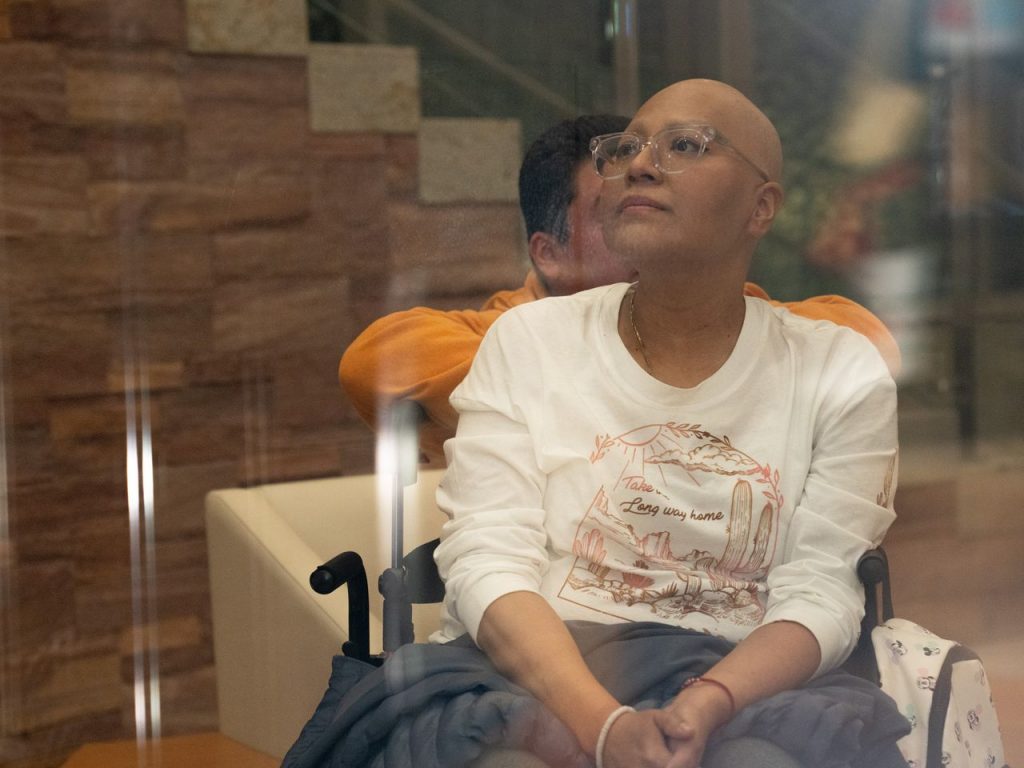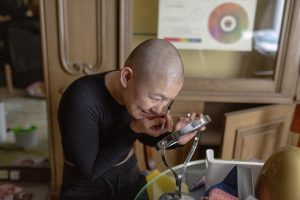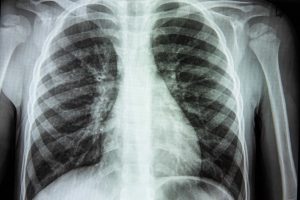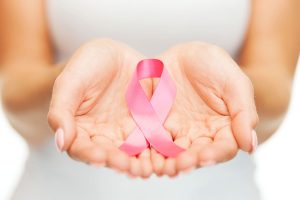Stacy Hernandez always had irregular periods. But when the bleeding wouldn’t stop, she got scared.
She said she visited her general practitioner and urgent care at least six times. Doctors changed her birth-control medications, blamed her excess weight and suggested the bleeding would eventually subside.
It didn’t. After more than a year, a doctor ordered an ultrasound followed by a test that finally identified the problem: uterine cancer.
“It was surreal,” said Hernandez, 31, who is undergoing treatment near her home in Utah. “It’s not OK for them to dismiss it like that.”
Uterine is the only cancer for which survival has fallen in the past four decades, the American Cancer Society said. The disease will kill some 13,250 women in the U.S. this year, the group estimates, surpassing ovarian cancer to become the deadliest gynecologic cancer.
Case rates have been increasing by about 1% annually over the past decade, with steeper rises for Black and Hispanic women. Rising obesity rates are partly to blame because excess weight increases estrogen levels that can fuel the cancer, researchers said. And fewer women are getting their uteruses removed to treat abnormal bleeding or noncancerous fibroids , leaving them exposed to the risk cancer develops in the organ as they age.
But those factors alone don’t explain the rise. The disease, more common after menopause, is rising across age groups including in women under 50 for reasons that aren’t completely clear.
“This was considered a cancer that had very good survival and was very easy to treat,” said Megan Clarke , a gynecologic cancer researcher at the National Cancer Institute. “But the epidemiology has changed, and I think opinions are starting to change as well.”
Uterine cancer, also called endometrial cancer, comes in two forms. The more common one is slow-growing, linked to elevated estrogen levels, and curable when caught early. The rarer type isn’t hormonal and is harder to treat. Cases of this more aggressive kind are increasing faster and driving rising death rates.
Chemical hair straighteners have been linked to uterine cancer risk . The Food and Drug Administration plans in July to propose a ban on formaldehyde in hair straightening or smoothing products.

Last year, doctors told Hernandez the cancer had returned and she started chemotherapy. She will find out this month the next steps for treatment./Photographs by Niki Chan Wylie for The Wall Street Journal
“I don’t think it’s just hair products, sadly,” said Dr. Premal Thaker , a gynecologic surgeon at Siteman Cancer Center in St. Louis. “There’s more diabetes, more obesity, and there’s probably something else that we just don’t know.”
Rose Snow , 69, hadn’t gotten her period for decades when she started bleeding after one of her routine three-mile walks in 2022 . She was soon diagnosed with stage-three uterine cancer.
“It was a shocker,” Snow said. After surgery, radiation and chemotherapy, her latest scan this month was clear. She is back to spending time with her three children, 11 grandchildren and four great-grandchildren.
Abnormal bleeding is the most common sign of uterine cancer, especially after menopause . Slow-moving, common cancers often give doctors time to intervene.
But common, noncancerous tumors in the uterus called fibroids or conditions including endometriosis that cause abnormal bleeding can make it harder to realize something else is wrong. Fibroids and more aggressive, faster-growing cancers that are on the rise are more common among Black women.
“The rules we had before don’t apply,” said Dr. Leslie Boyd , a gynecologic oncologist at NYU Langone’s Perlmutter Cancer Center.
Boyd and her colleagues found that among their patients from 2010 to 2018, white women went to the doctor about three months after symptoms emerged, while for Black women the lag was about eight months.
Delayed diagnoses and higher rates of more aggressive disease contribute to the stark survival gap. Black women are nearly twice as likely to die from uterine cancer as white women. Disparities persist even when they are diagnosed at the same stage. Black and Hispanic women are less likely to get treatment that matches medical guidelines.
Drugs that harness a patient’s immune system , called immunotherapies, are improving the outlook for some advanced uterine cancer patients . Adding targeted drugs might help further extend patient’s lives, research suggests.
“People are living who never lived before. It gives me chills,” said Dr. Kemi Doll , a gynecologic oncologist at the University of Washington. But new treatments are available mainly to wealthier patients at big hospitals, she said: “It is deeply unlikely that this will not exacerbate disparities.”
Stacy Hernandez decided to get a partial hysterectomy after she was diagnosed in 2017. She hoped she might still give birth someday. Her bleeding lessened after surgery.
Last summer, the heavy bleeding resumed, accompanied by dizziness that Hernandez attributed to the heat. She didn’t go to the doctor because she didn’t have insurance.
She hurt her back in August and went to the emergency room. Doctors there said her cancer was back. Hernandez started chemotherapy at the University of Utah’s Huntsman Cancer Institute, covered through Medicaid. She will find out this month the next steps for treatment.
“I try to just keep a smile on my face,” Hernandez said. “Keep on pushing to get the doctor to do something about it.”
Write to Brianna Abbott at brianna.abbott@wsj.com










